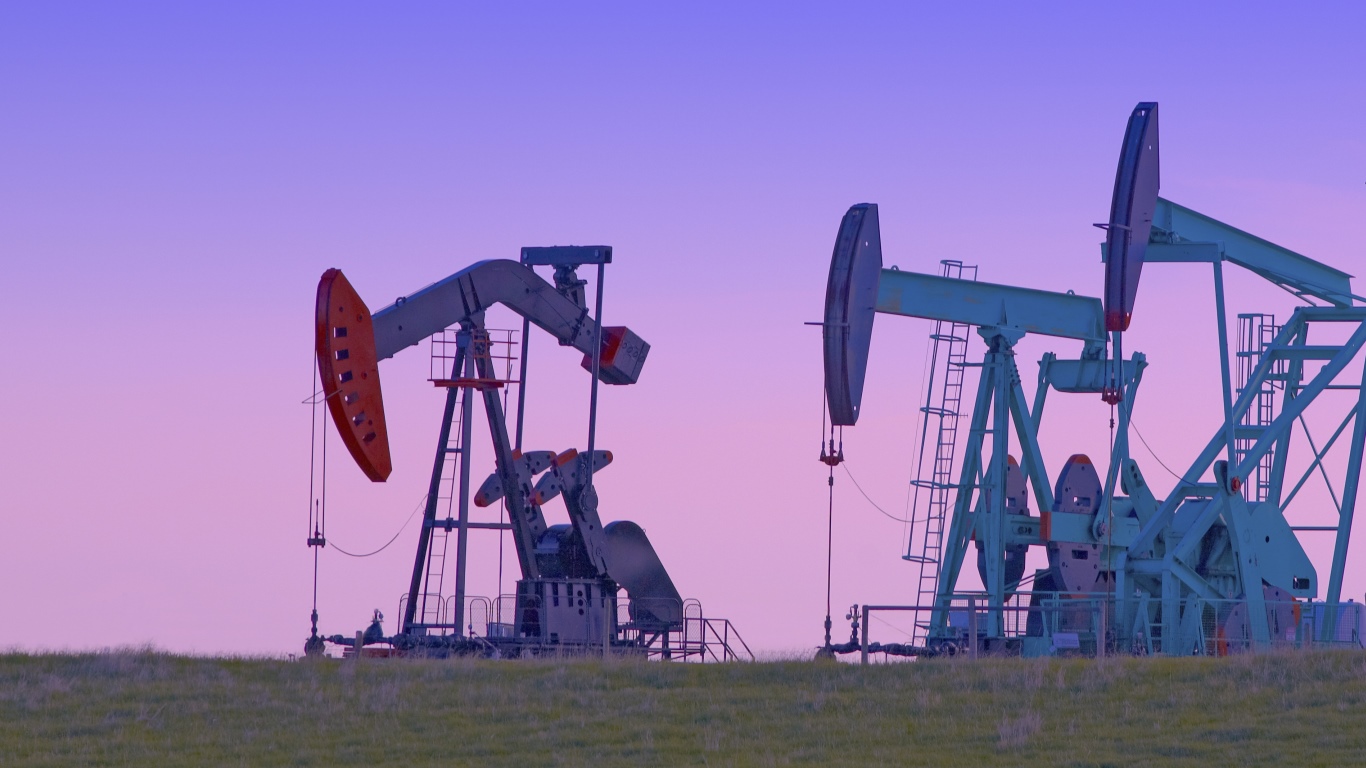
In its quarterly report on the energy industry, the Federal Reserve Bank of Dallas reported Thursday that energy sector growth slowed significantly in the fourth quarter of 2018. The bank’s business activity index plunged from 43.3 in the third quarter to a mere 2.3 in the fourth quarter.
Index scores near zero indicate that activity was mostly unchanged from the prior quarter, and the fourth quarter reading broke a string of 10 successive quarters of rising activity. Exploration and production (E&P) firms, along with oilfield services firms, drove the sharp drop in the index.
For the first time since the first quarter of 2016, the company outlook index posted a negative reading, dropping 57 index points to −10.2. Oilfield services led the way, dropping 64 points to a reading of −17.2. More than half of the firms surveyed reported greater uncertainty going forward.
Oil and gas production increased for the ninth consecutive quarter, according to executives at E&P firms. The oil production index moved down from 34.8 in the third quarter to 29.1 in the fourth, while the natural gas production index dropped from 35.5 to 24.8.
The index for utilization of equipment by oilfield services firms plummeted in the fourth quarter, dropping from 43.6 to a tiny 1.6. The Dallas Fed explains:
This suggests utilization rates remained relatively unchanged from the third quarter. Input costs on the services side increased but at a slower pace as the index declined from 46.6 to 36.7. Meanwhile, the index of prices received for oilfield services fell sharply from 23.2 to zero, suggesting prices were unchanged on a quarter-over-quarter basis.
The employment index for services firms tumbled from 31.7 to 17.5, and the hours-worked index fell even more, from 41 to 19.4. Declines at E&P firms were smaller. Aggregate wages and benefits rose from 23.5 to 32.9.
The average forecast for the price of a barrel of West Texas Intermediate (WTI) oil at the end of 2019 was $59.97, nearly $11 a barrel higher than the average spot price in the fourth quarter of 2018. Natural gas prices at Henry Hub are expected to reach $3.34 per million BTUs by the end of this year.
Here are several comments from E&P survey respondents:
I can’t help but feel we are in for another extended period of low prices. The only way for me to survive is to quit spending money.
Our primary goal is to continue with a robust capital program within free cash flow.
Capital providers are likely to place more focus on discounted cash-flow analysis as compared to emphasis on balance-sheet increases (in the form of undeveloped reserves). I believe it is going to require $70 per barrel West Texas Intermediate (WTI) to justify continued development of unconventional reserves. Lifting costs of $40–$50 per barrel are needed to operate producing wells at a marginal profit, but sunk capital (i.e., leasehold acquisition) costs and administrative overhead costs are real costs as well, and those costs require an additional $10–$20 per barrel WTI price to result in marginal profitability.
We feel there will be some good buying opportunities of properties that have acreage which is held by production and development prospects.
Here are some comments from oilfield services companies:
We are holding the line and hanging on.
Service rates for our production services continue to be static and lower than in previous years. Most oil and gas companies continue to exert their will for cheaper services. The exceptions are those truly committed to profitable service providers and a safer workplace. Labor rates for drivers have skyrocketed, while trucking rates are also static.
The Dallas Fed conducts this survey quarterly among oil and gas firms located in the 11th Federal Reserve District. The full fourth-quarter report is available at the bank’s website.
The Average American Has No Idea How Much Money You Can Make Today (Sponsor)
The last few years made people forget how much banks and CD’s can pay. Meanwhile, interest rates have spiked and many can afford to pay you much more, but most are keeping yields low and hoping you won’t notice.
But there is good news. To win qualified customers, some accounts are paying almost 10x the national average! That’s an incredible way to keep your money safe and earn more at the same time. Our top pick for high yield savings accounts includes other benefits as well. You can earn up to 3.80% with a Checking & Savings Account today Sign up and get up to $300 with direct deposit. No account fees. FDIC Insured.
Click here to see how much more you could be earning on your savings today. It takes just a few minutes to open an account to make your money work for you.
Our top pick for high yield savings accounts includes other benefits as well. You can earn up to 4.00% with a Checking & Savings Account from Sofi. Sign up and get up to $300 with direct deposit. No account fees. FDIC Insured.
Thank you for reading! Have some feedback for us?
Contact the 24/7 Wall St. editorial team.
 24/7 Wall St.
24/7 Wall St.



